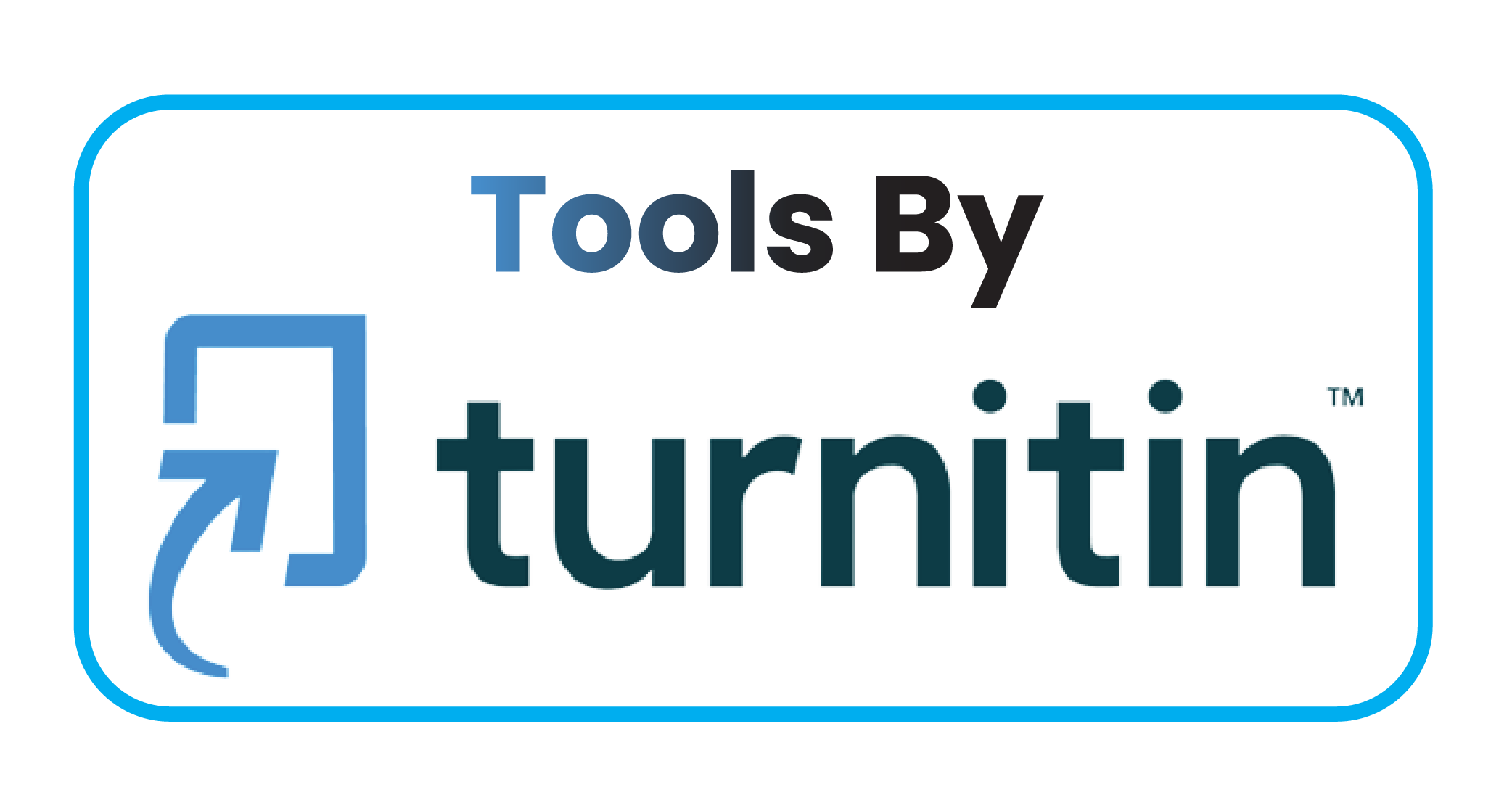The Effect of Using The Snowball Drilling Learning Model In Learning Islamic Religious Education (PAI) Class XI MA DDI Mattoanging Students
DOI:
https://doi.org/10.59888/ajosh.v2i5.243Keywords:
snowball drilling;, student learning activenessAbstract
This research aims to determine the effect of using the Islamic Religious Education learning model for class XI students at MA DDI Mattoanging. This research is a type of classroom action research, with the Snowball Throwing learning method. The research subjects were 20 class XI students at MA DDI Mattoanging and what was observed was student activity and student learning outcomes. The data collection technique in this research uses observation and documentation sheets. Based on the research results, it has provided concrete evidence regarding the use of the Snowball Drilling learning model in the learning process. Therefore, this model can help teachers to make it easier for students to easily understand Islamic Religious Education learning. This was obtained from the results of direct interviews conducted with class XI MA DDI Mattoanging students. After the researchers analyzed several research results, the researcher concluded that Islamic Religious Education learning is a teaching and learning process carried out by teachers to achieve a learning goal
Published
Issue
Section
License
Copyright (c) 2024 Nurfahmi Afrian

This work is licensed under a Creative Commons Attribution-ShareAlike 4.0 International License.
Authors who publish with this journal agree to the following terms:
- Authors retain copyright and grant the journal right of first publication with the work simultaneously licensed under a Creative Commons Attribution-ShareAlike 4.0 International. that allows others to share the work with an acknowledgement of the work's authorship and initial publication in this journal.
- Authors are able to enter into separate, additional contractual arrangements for the non-exclusive distribution of the journal's published version of the work (e.g., post it to an institutional repository or publish it in a book), with an acknowledgement of its initial publication in this journal.
- Authors are permitted and encouraged to post their work online (e.g., in institutional repositories or on their website) prior to and during the submission process, as it can lead to productive exchanges, as well as earlier and greater citation of published work.










